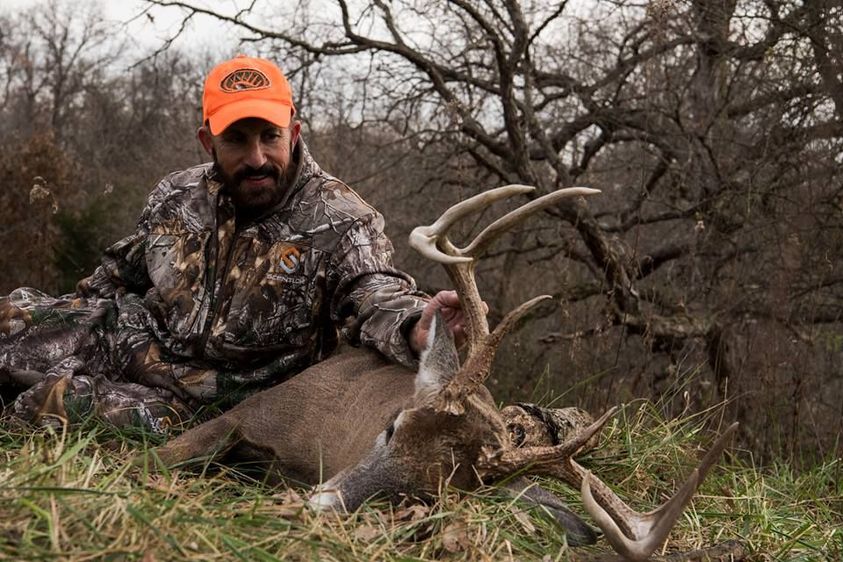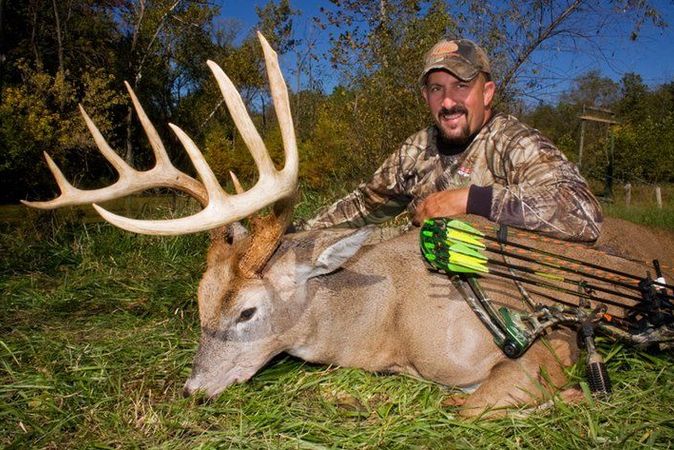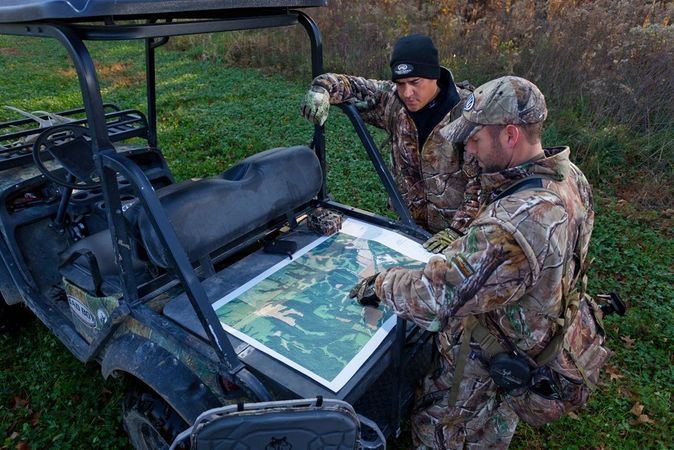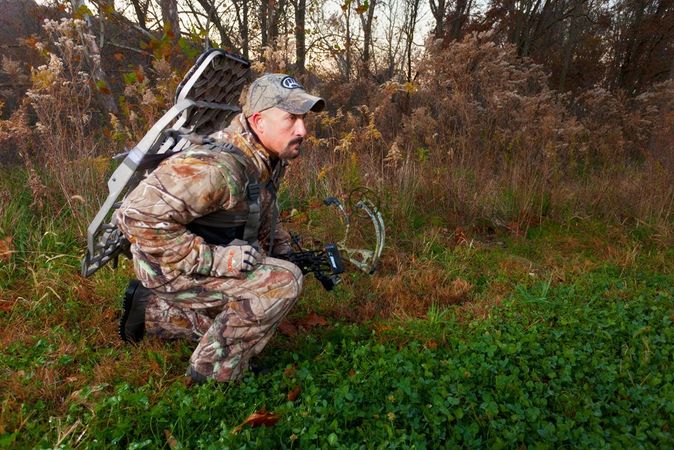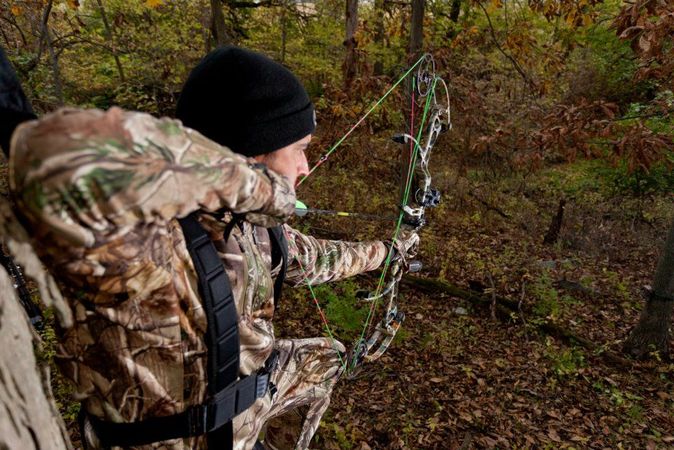We’ve all heard the old adage that deer hunting in the wind is futile because they’ll bed down and only move when the gusts die. It was probably passed down to you from your father, based on empirical evidence after countless seasons studying whitetail behavior from a stand. But, after years of research from wildlife biologists, it’s been proven that wind has little effect on deer movement.
Studies from various institutions like the Penn State College of Agricultural Sciences have shown that deer move most at dawn and dusk, regardless of wind or other environmental factors. Just because the deer will still move on windy days, though, doesn’t mean it won’t affect how they move. Understanding wind’s impact on deer movement can improve your chances of success.
How Deer Move on Windy Days
A windy day dampens a deer’s senses, making it harder for them to detect predators. This means deer will often travel in dense cover, so hone in on the sections of your property ripe with thickets and brush. They’ll also seek out travel routes that are sheltered from the wind, such as hollows between ridges or a creek bottom.
A mature buck will approach a food plot from a position downwind so he can scope out the area first. He’ll also do this when moving to bedding areas, especially during the rut when he’ll use the wind to check for signs of any nearby does. Keep this in mind when setting up your stand to ensure the buck doesn’t skirt behind you and pick up your scent.
Scent Control
It’s always important to minimize your scent while deer hunting, especially when the wind is gusting and swirling. Wash all of your clothes in scentless detergent, hang to dry outside and spray with a scent eliminator, then store them in a sealed bag. On the day of the hunt, reapply scent-eliminating spray. Wear rubber boots, which don’t absorb or spread your scent. Also, during the hunt, use a cover scent.
Stay Downwind
Be sure to stay downwind of the deer, as well as the food plots and bedding areas. It sounds hard to predict, and it can be, but having multiple stand locations for various weather conditions can increase your odds of having the right spot no matter the wind. Plan out how you’ll enter the woods. Keep with you something to test the wind direction, like scent powder, while you walk to your stand. If you think your scent may be carrying into an area you know deer are, take another route. If the wind changes direction straight to the deer, back out and hunt another stand or wait until another day.
Consider Thermals
While the wind seems to be only blowing parallel with the ground, air is also rising up and down, which is called a thermal column. Thermals rise with warm daytime temperatures and fall in the evening. In areas like a river bottom, despite a favorable wind, you may still end up getting busted by a deer due to thermals and swirling air. To avoid this, hunt higher areas in the morning when the thermals are low and bottoms and draws in the evening as the thermals rise.
No matter how much the wind is blowing, remember to minimize your scent and keep the gusts in your face. With a little caution and preparation before the hunt to ensure you have the right stands for those windy days, you can forget about staying home like your father once told you.


